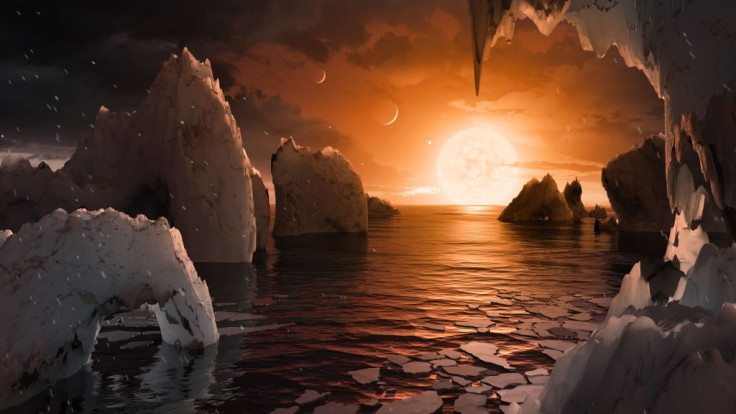‘Forbidden’ Planet Found In Neptune Desert - What Does It Mean?

Astronomers have found a "forbidden" planet three times the size of Earth, in the "Neptune Desert." That is a lot of mystery in a sentence. Why is this planet called the forbidden planet, and where is this desert -- on Neptune, which we know is more gaseous than solid?
Astronomer Daniel Bayliss from the University of Warwick, who worked on the study published by the Royal Astronomical Society, said the exoplanet was found in a zone around a star believed to be "inhospitable" to gaseous Neptune-like planets. Bayliss said the planet is very, very close to its star.
Bayliss said similar planets have not been discovered and it came as a surprise to the astronomers: “We thought that was because a planet about the size of Neptune, this close to the host star would get evaporated."
Hence the name "Forbidden Planet."
The University of Warwick in a statement said that the "Forbidden Planet" has a mass of 20 Earth masses, a radius 20 percent smaller than Neptune, and is hot at 1,000 degrees Celsius. “It orbits around the star in only 1.3 days, the equivalent of Earth’s orbit around the Sun of one year.” The star in question is arbout 920 light-years awy from the Earth.
It is the first of its kind, that is, the first exoplanet of its kind to have been found in the Neptunian Desert.
And this explains the second term that has confounded many readers. “The Neptunian Desert is the region close to stars where no Neptune-sized planets are found. This area receives strong irradiation from the star, meaning the planets do not retain their gaseous atmosphere as they evaporate leaving just a rocky core,” the statement explained.
Richard West from University of Warwick’s Department of Physics described the "Forbidden Planet" as tough. “It is right in the zone where we expected Neptune-sized planets could not survive. It is truly remarkable that we found a transiting planet.”
Researchers believe that the newly discovered planet may have moved into the Neptunian Desert recently.
The study showed that NGTS-4b was observed using a single NGTS camera over a 272-night baseline between August 2016 and May 2017.
© Copyright IBTimes 2024. All rights reserved.





















